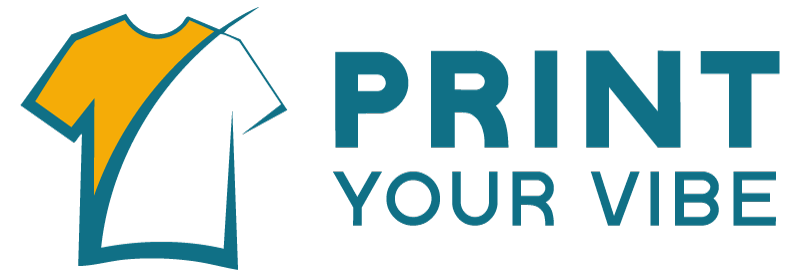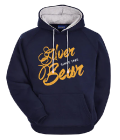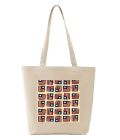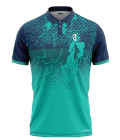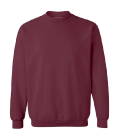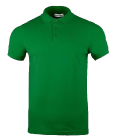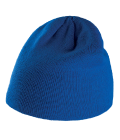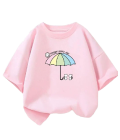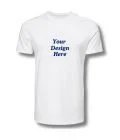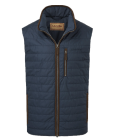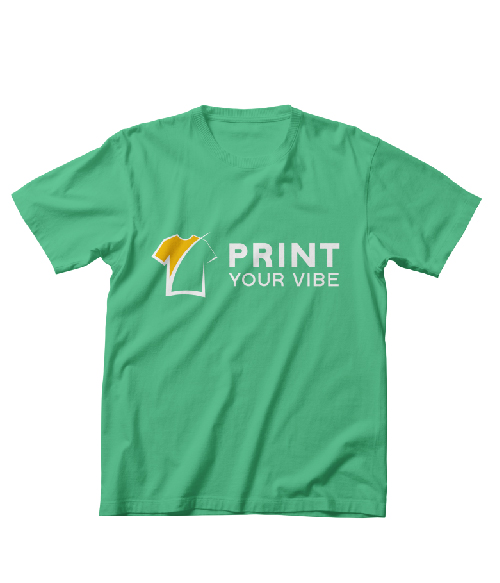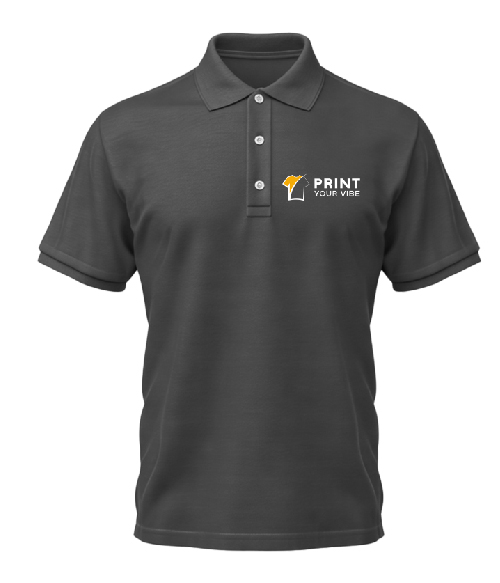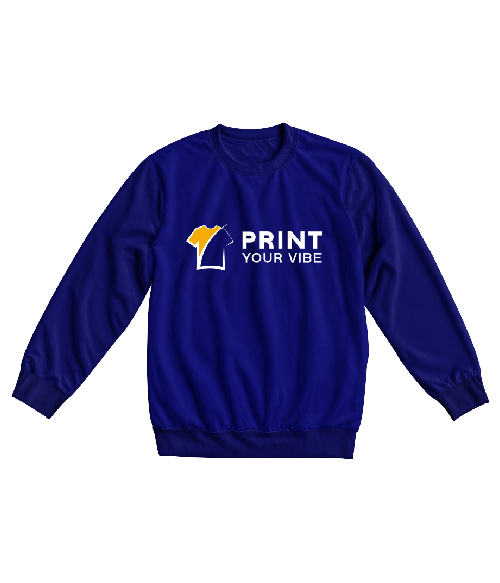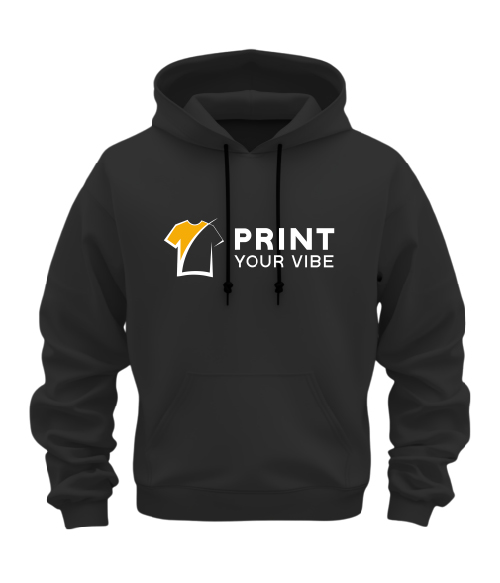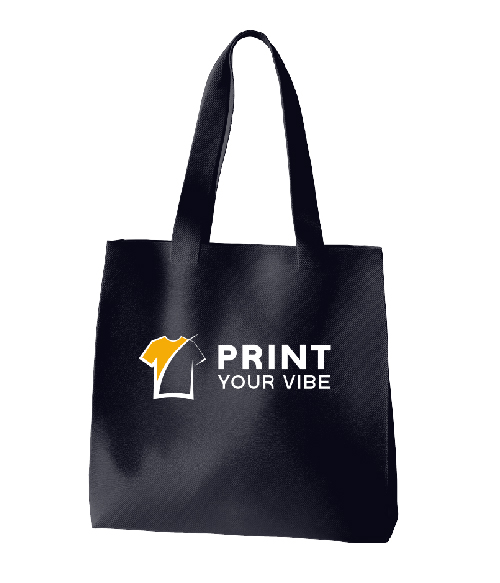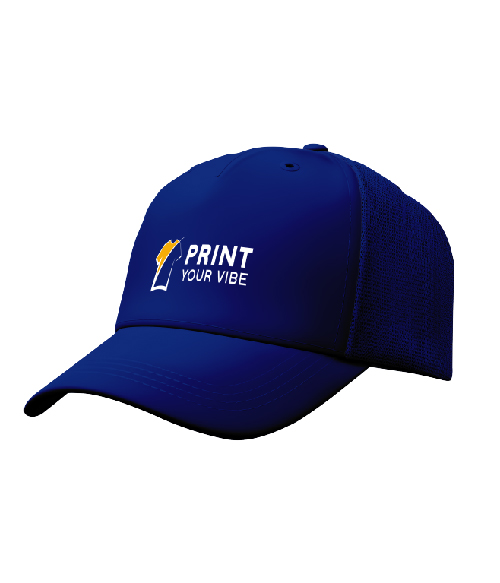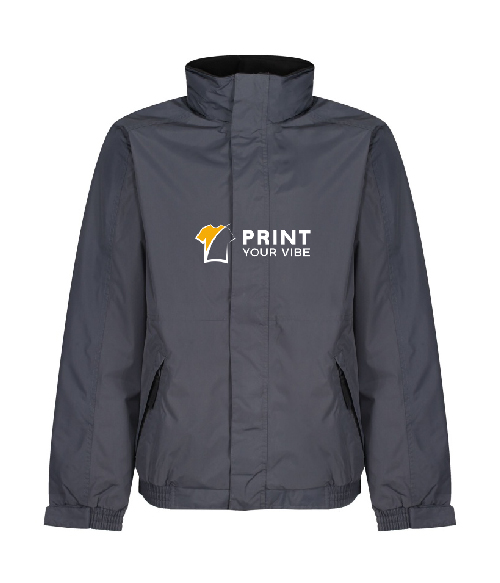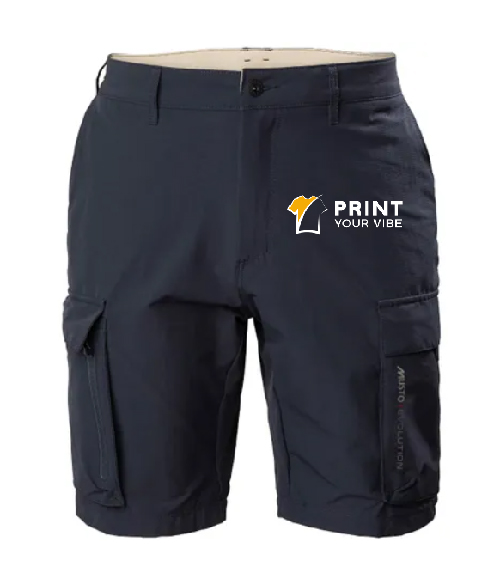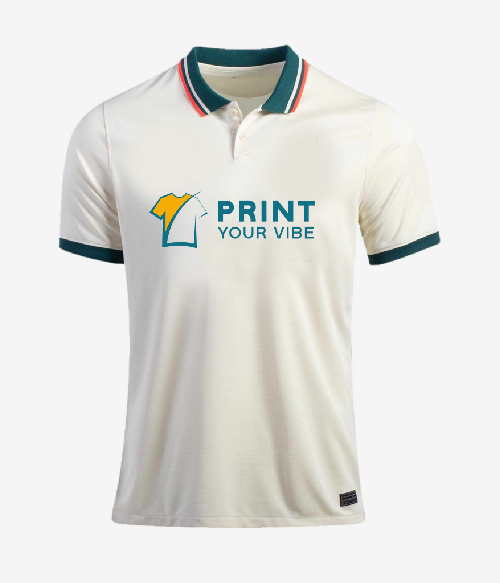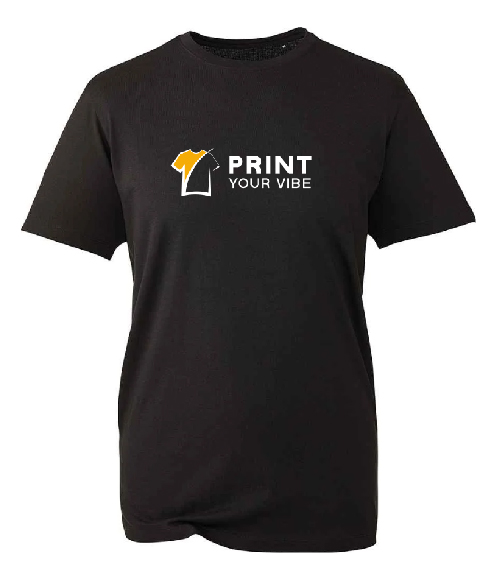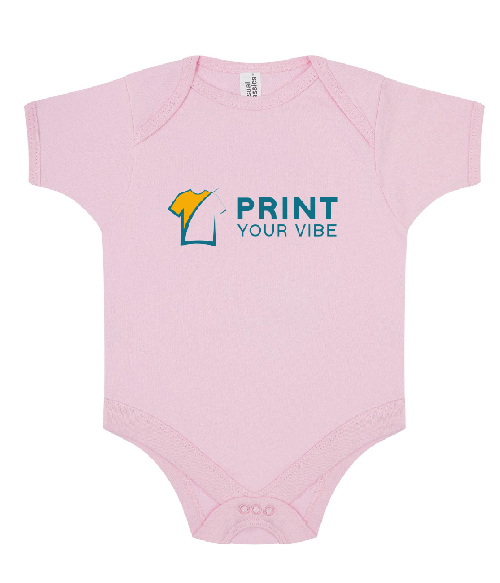Top Benefits of Using DTF Transfers for Your Clothing Brand.
In today’s competitive fashion industry, creating high-quality, eye-catching designs is essential for standing out — and that’s where DTF transfer technology comes in. Direct-to-Film (DTF) printing has quickly become a game-changer for clothing brands looking for durable, vibrant, and cost-effective customisation options. Whether you’re launching a new apparel line or upgrading your production process, DTF transfers offer unmatched versatility and professional results on a wide range of fabrics. In this blog, we’ll explore the top benefits of using DTF transfers and how they can elevate your clothing brand to the next level.
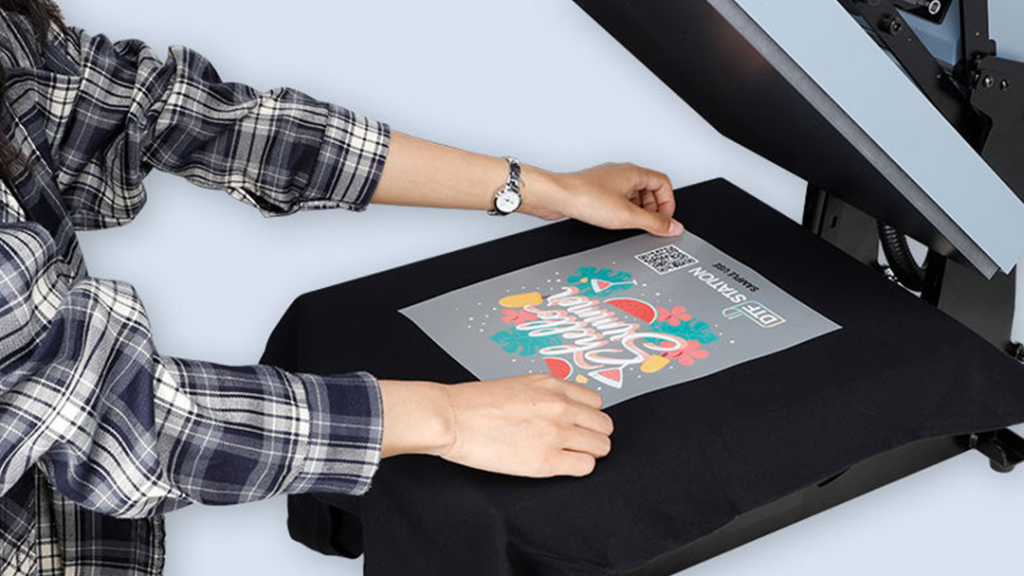
What is DTF Transfer?
DTF transfer stands for Direct-to-Film transfer, a modern printing technology that applies high-quality designs to various types of fabrics. The process involves printing your design onto a special PET film using textile inks, applying an adhesive powder, and then heat-pressing it directly onto the garment.
Unlike traditional printing methods such as screen printing or sublimation, DTF transfers work on almost any material — cotton, polyester, nylon, denim, or blends — without the need for pretreatment. This makes it a versatile, cost-effective, and time-saving solution for clothing brands that want professional, long-lasting prints with vivid colours and fine details.
In simple terms, DTF transfer printing allows you to turn any digital design into a ready-to-press artwork that looks great, feels smooth, and lasts wash after wash.
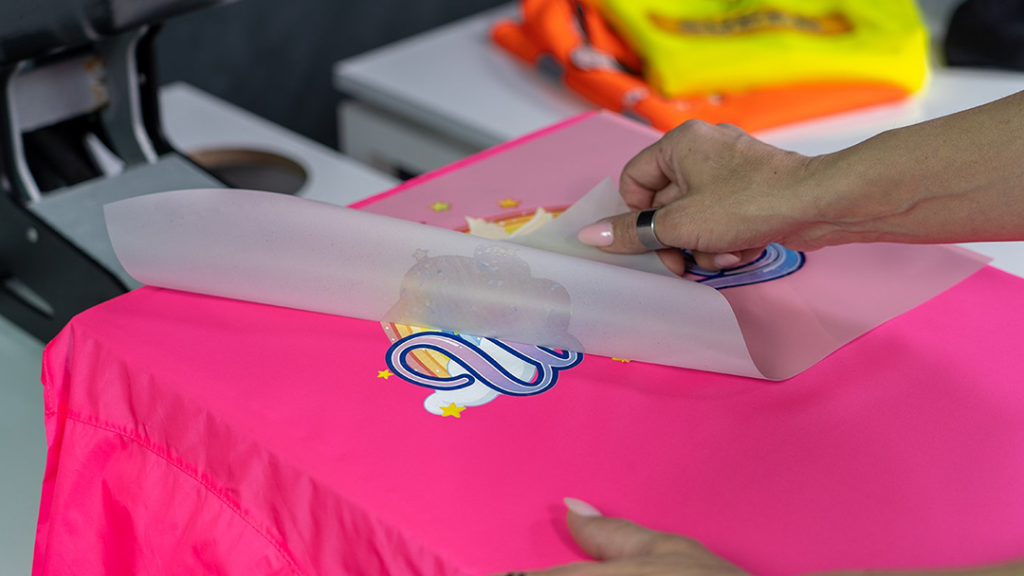
How Does DTF Printing Work?
DTF printing, also known as Direct-to-Film printing, is a modern and versatile method of transferring designs directly onto fabric. It’s gaining popularity because of its high-quality results and compatibility with various materials. Here’s a step-by-step breakdown of how DTF transfer printing works:
1. Designing Your Artwork
The process begins with creating a digital design using graphic software. Whether it’s a logo, illustration, or intricate artwork, the design is prepared in a format suitable for printing. This step ensures that colours and details are optimised for the final transfer.
2. Printing on PET Film
Once the design is ready, it is printed onto a special PET film using DTF textile inks. These inks are specifically formulated to adhere to fabrics and retain vibrant colours. The design is printed in reverse (mirrored) so that it appears correctly when transferred onto the garment.
3. Applying Adhesive Powder
After printing, a special adhesive powder is applied to the ink while it is still wet. This powder sticks to the printed areas and ensures that the design adheres properly to the fabric during the heat press process. Excess powder is removed before the next step.
4. Curing the Powder
The film with adhesive powder is then passed through a curing process (or briefly heat-treated) to set the powder. This step ensures that the design will bond firmly with the fabric, enhancing durability and wash resistance.
5. Heat-Pressing the Design
The final step involves transferring the design from the PET film onto the fabric using a heat press machine. The combination of heat and pressure melts the adhesive, bonding the ink to the garment. Once pressed, the PET film is peeled away, leaving the vibrant design on the fabric.
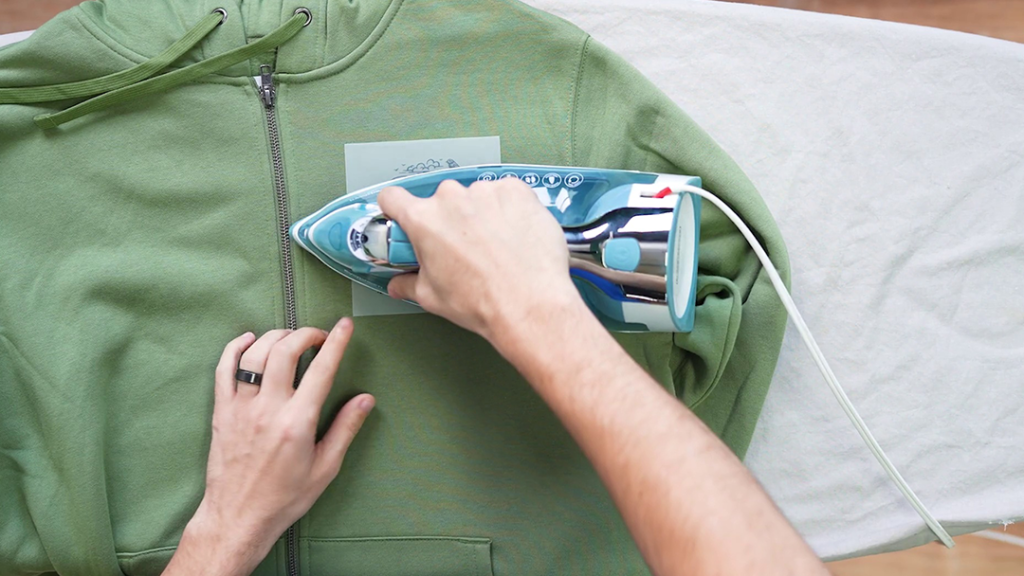
DTF Transfer Pros
DTF transfers offer high-quality, vibrant, and durable prints that capture even the finest details of your designs. They work on virtually any fabric, including cotton, polyester, blends, denim, and leather, giving brands the flexibility to expand their product range. The process is cost-effective, eliminating the need for complex setups, pre-treatment, or colour separations, and is perfect for small batches or one-off orders. DTF printing is also fast and simple, requiring only printing, powdering, and heat-pressing, which saves time and labour. It is also environmentally friendly, reducing waste and water consumption while producing uniform results across clothing. DTF is perfect for custom clothing or limited-edition products because it works well on both light and dark fabrics and produces intricate, multi-coloured designs.
DTF Transfers Cons
Despite its advantages, DTF printing has a few limitations. It requires a heat press to transfer designs onto garments, and prints can have a slightly raised texture compared to DTG. DTF is not suitable for all-over prints, focusing mainly on precise placements rather than full-garment coverage. Initial equipment costs for the printer, films, and adhesive powder can be high, and handling the adhesive powder requires care and cleanup. Additionally, while DTF is excellent for small or medium batches, screen printing can be more cost-effective for very large-volume production.
DTF Printing Compared to Other Print Methods
With so many print methods available, choosing the one that best suits your long-term business goals is crucial. To make this easier, here’s a clear comparison of DTF printing alongside other popular printing techniques like DTG printing, sublimation, and screen printing.
Pay attention to the types of designs and fabrics that work best with each method so you can plan your printing strategy according to your brand’s product selection.
DTF vs Screen Printing
Screen printing is a traditional method that pushes ink through a woven screen or mesh stencil onto fabric. Each colour or design element requires its own screen, and ink sits on top of the garment rather than soaking in. Detailed designs need multiple ink layers, which can make the print feel thick and less uniform. Screen printing works best for simple, solid designs like symbols, shapes, or geometric patterns and is most cost-effective for large-volume production.
DTF (Direct-to-Film) printing, in contrast, produces a uniform, smooth print regardless of the number of colours or design elements. It doesn’t require separate screens; just a printer, transfer film, powder, and a heat press. This makes DTF ideal for one-off prints or small batches, as designs can be printed on demand quickly without the setup costs of screen printing.
Printful’s DTFlex, for example, ensures consistent quality even on single items, making it perfect for testing products or fulfilling urgent orders. Screen printing, however, excels when producing large quantities for predictable demand, such as merchandise for events, concerts, or promotional campaigns.
Direct-to-Film vs Direct-to-Garment Printing
Direct-to-Garment (DTG) printing works by spraying water-based ink directly onto the fabric. Before printing, a pre-treatment solution must be applied to the garment to help the ink adhere and produce vibrant, long-lasting colours. After spraying, the ink soaks into the fabric fibres, and the design is cured to enhance durability and print quality.
DTG printing is best suited for 100% cotton garments or cotton blends. This makes it ideal for brands focusing primarily on cotton-based apparel, offering detailed, full-colour designs that are soft to the touch. However, DTG has limitations on fabrics like polyester or blended activewear, where prints may fade or require additional treatment.
Direct-to-Film (DTF) printing, like Printful’s DTFlex, complements DTG by providing greater versatility across fabric types, including polyester, blends, and dark garments. DTF prints are durable, detailed, and don’t require pre-treatment, making them perfect for one-off orders or products outside the cotton range.
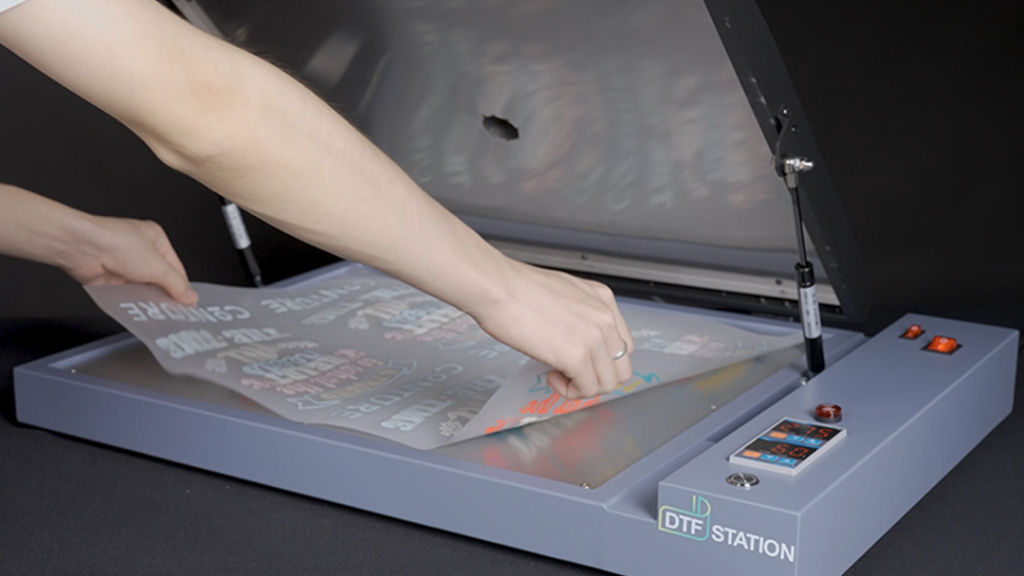
DTF vs Sublimation Printing
Sublimation printing has grown rapidly in popularity over the past few decades. It allows brands to cover the entire garment with vibrant artwork, producing full-coverage designs that are durable and smooth. The process involves printing designs on special sublimation paper, then transferring them to fabric using a heat press.
Sublimation works best on polyester fabrics, polymer-coated items, or polyester blends. It’s also commonly used for products like mouse pads, mugs, and blankets. If your collection focuses on synthetic garments such as leggings, swimwear, or performance wear, sublimation printing is ideal for achieving all-over prints.
Direct-to-Film (DTF) printing, on the other hand, offers greater flexibility across fabric types, including cotton, blends, and dark garments. DTF excels at precise placement rather than full-coverage designs, making it perfect for logos, small graphics, or custom placements on various garments. Unlike sublimation, DTF doesn’t require polyester blends and works well for one-off or small-batch prints.
For brands with a mix of fabrics in their catalogue, combining DTF and sublimation printing allows you to match the best technique to each product type. While sublimation handles all-over synthetic prints, DTF ensures vibrant, durable prints on cotton and mixed fabrics without pre-treatment.
Frequently Asked Questions (FAQs)
DTF stands for Direct-to-Film, a modern printing technology that allows high-quality designs to be transferred onto various fabrics using a PET film, textile inks, and adhesive powder.
DTF is highly versatile and works on cotton, polyester, blends, nylon, denim, leather, and many other materials without the need for pre-treatment.
Yes! DTF prints are long-lasting, vibrant, and resistant to cracking, peeling, and fading, even after repeated washes.
Absolutely. DTF excels at reproducing intricate, multi-colour designs, logos, and patterns with sharp detail.
DTG (Direct-to-Garment) sprays ink directly on fabric, is mostly suited for 100% cotton garments, and requires pre-treatment. DTF works on a wider range of fabrics, doesn’t need pre-treatment, and is ideal for small batches or one-off prints.
No, DTF is best for precise placement prints rather than full-garment coverage. For all-over designs, sublimation printing is more suitable.
Yes. DTF eliminates the need for separate screens, colour separations, and pre-treatment, making it ideal for small batches, on-demand printing, and startups.
You’ll need a DTF printer, PET film, textile inks, adhesive powder, and a heat press machine to transfer the design onto garments.
